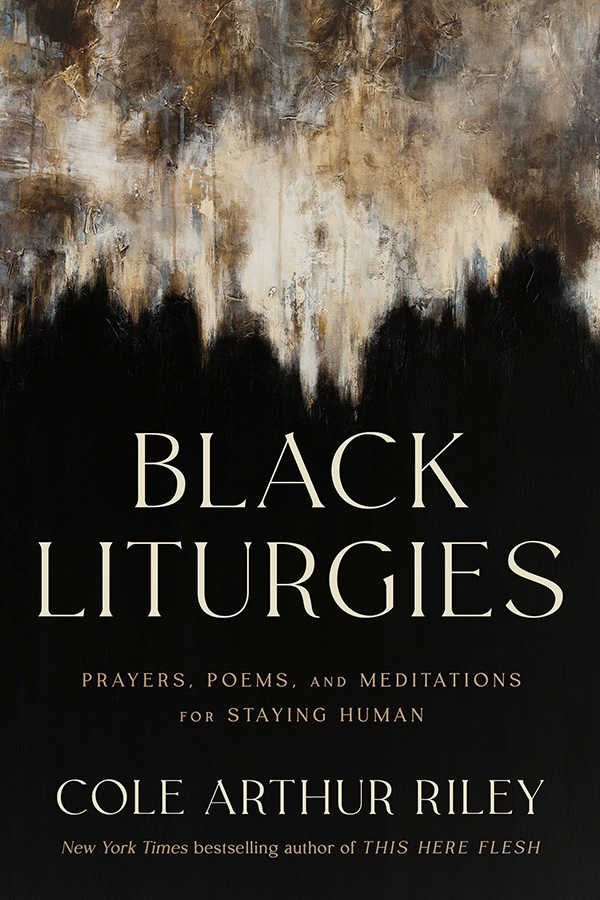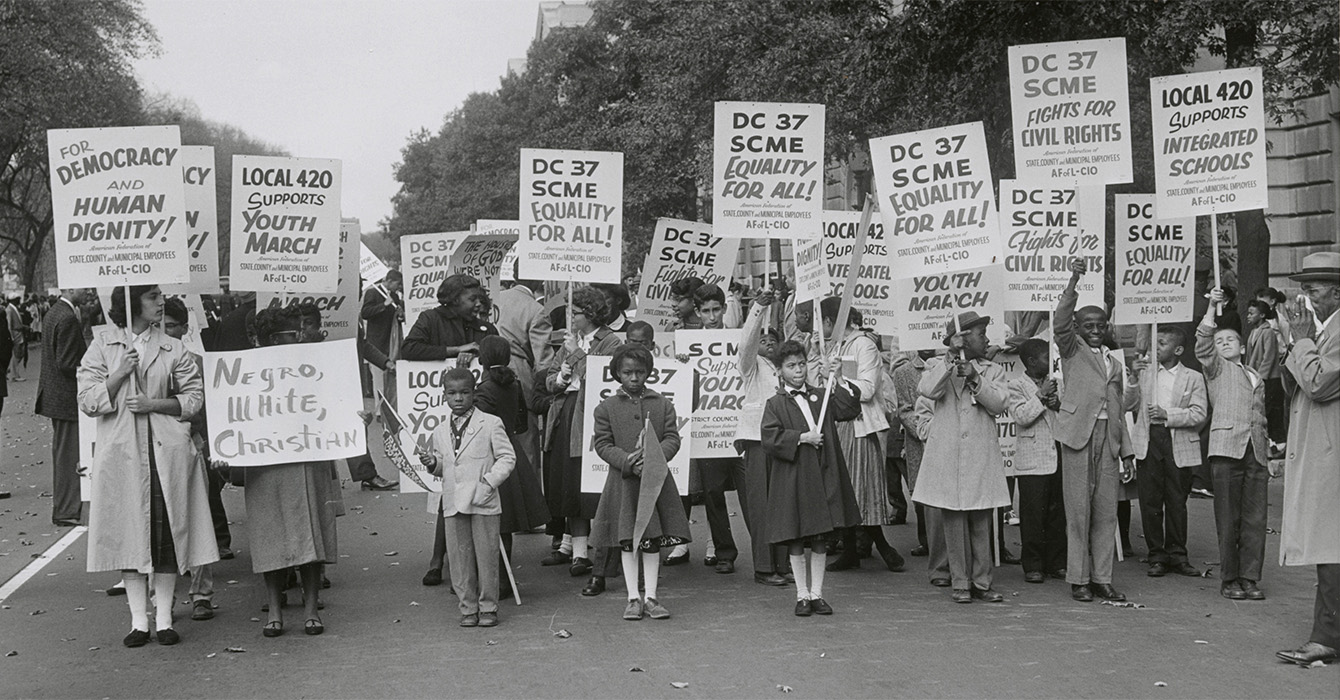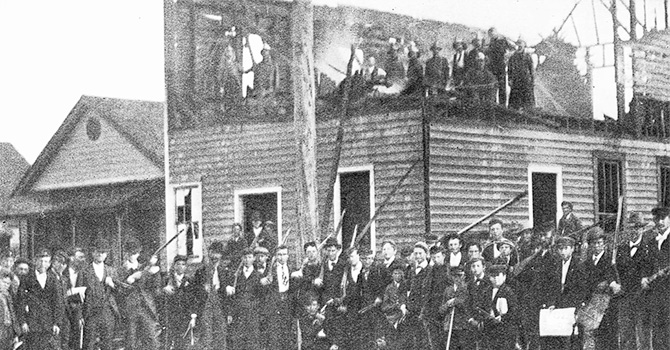Despite hardship, violence, war and political instability, hope is alive in Africa, says Emmanuel Katongole. It can be seen, among other places, in the lives and work of Christian activists such as Maggy Barankitse and others, born out of their own suffering and lament.
“Even in the midst of devastation, God is always showing signs of hope,” Katongole said. “We Christians need to learn to look even in the midst of devastation for the signs and seeds of hope that God is planting.”
 Katongole is the author of “Born from Lament: The Theology and Politics of Hope in Africa,” published in April by Eerdmans. The book, he said, is an effort to “encourage a discipline of sustained attention,” a way to look for hope in the right place and in the right way.
Katongole is the author of “Born from Lament: The Theology and Politics of Hope in Africa,” published in April by Eerdmans. The book, he said, is an effort to “encourage a discipline of sustained attention,” a way to look for hope in the right place and in the right way.
“If you think about hope in terms of optimism -- a sunny ‘Everything’s going to be all right’ kind of uncontaminated exuberance -- you’re not going to find it,” he said.
Drawing upon 1 Peter, Katongole argues that hope lies instead in the patterns of Christ’s death and resurrection.
“Look for signs that exemplify the pattern of Christ’s death and resurrection, so that even in the midst of suffering you can see a sense of joy and radiance,” Katongole said.
Lament, which leads to hope, is not a light and easy transformation of suffering, he said.
“Lament is work. Lament is that deeper engagement with God, when things are not going right,” he said. “These people [in Africa] never lose their hope in God. They argue and fight and wrestle with God about what is going on, about the need to do something.”
An associate professor of theology and peace studies at the University of Notre Dame, Katongole focuses on politics and violence in Africa, the theology of reconciliation, and Catholicism in the global south. He has a Ph.D. in philosophy from the Catholic University of Louvain and a diploma in theology and religious studies from Makerere University in Kampala, Uganda. He is a former professor at Duke Divinity School, where he was the founding co-director of the Center for Reconciliation.
Katongole spoke with Faith & Leadership recently about “Born from Lament.” The following is an edited transcript.
Q: Your new book, “Born from Lament,” grew out of your earlier book “The Sacrifice of Africa.” To start, tell us a little about that earlier book and how it led you to this one.
“The Sacrifice of Africa” is on political theology and the difference that Christianity can make in Africa, given the underlying problems of instability, corruption, dictatorship, violence and war. The book argued that Christianity can and does indeed make a difference.
In the last section of the book, I wanted to display the difference that Christianity makes, so I used the stories of three faith activists -- Maggy Barankitse, Bishop Paride Taban and Angelina Atyam.
But as I was finishing the book, something struck me about all three -- namely, the incredible pain that they and their communities had endured and yet the incredible initiatives that they had founded. I wondered: How can they stand such deep pain and yet create these incredible initiatives? What is the relationship between that deep sense of loss and the hope that they exemplified?
But these questions were broader than I could handle in that book. I briefly mentioned starting at a place of lament, but I didn’t go into it, and it kept bothering me.
What does lament look like? What’s the connection between pain and hope, and how does it work within the Christian tradition? One of the key convictions at the Duke Center for Reconciliation was that lament and hope go hand in hand. So I wanted to explore what that looks like in a context like Africa, and what are the social and practical implications. That’s what this new book tries to do.
Q: And you concluded that the extraordinary, innovative civic engagement projects that these people created all grew out of their deep grief and suffering?
There’s no doubt about that.
When you ask Angelina about her journey of reconciliation [with her daughter’s kidnappers], she talks about it being “painfully sweet.”
But what does that mean, to be a “painfully sweet” experience? When you engage her, you realize that the pain never goes away, even after her daughter gets back home. It is an irrevocable loss, and yet there is a sense of joy.
In 1 Peter 3:15, Peter encourages his audience to always be prepared to give an account of their hope, and the reason that he goes on to give is the pattern of Christ’s death and resurrection.
In other words, he shows that in the midst of death, resurrection happens. In the midst of hardship, joy. In the midst of loss, celebration.
It’s as if Peter was asking the people of his time -- who were going through a similar situation as people in Africa -- to always be able to tell of their hope, which is at that intersection of death and resurrection, suffering and yet rejoicing, hardship and yet joy.
I was able to see that in the stories of these three individuals, and I wanted to explore its practical dimensions.
Also, in 2000, a cover article in The Economist depicted Africa as “the hopeless continent.” That bothered me terribly.
It described wars that were going on, and famine in Somalia, and dictatorship and violence and refugee crises, droughts, civil unrest, one thing after another. Which are true -- they are going on in Africa.
But to declare a continent hopeless? That bothered me.
I wanted to write and say, “No, Africa is not a hopeless continent. I know men and women who are struggling and in the midst of difficulties, but they radiate hope.”
Q: At the beginning of the book, you cite Congo as an example of the devastation and suffering in Africa and a starting point for theological reflection. Give us an overview of the recent history there.
From 1996 even until now, after the genocide in Rwanda, there’s been a series of wars in Congo in which more than 5.4 million people have died and over 1.7 million have been displaced from their families and homes.
The book that brought all that home to me was Jason Stearns’ “Dancing in the Glory of Monsters.”
It’s a very powerful chronological account of the fighting, as one incident leads to another, one massacre leads to another. It gives you a sense of the devastation.
But completely missing from that account are any redeeming stories. It’s as if that is all that is going on.
Yet through my experience and work, I know there are incredible leaders in the Congo who are making a difference in grassroots communities. That also motivated me to do more research and tell those stories.
You’ve got to learn to look in the right place. If you are going to give an account of hope, one thing we need to do is to be trained to see hope, trained to see in the right way. Otherwise, it is very easy to give up on hope and say, “All that is out there is darkness.”
The book is an effort to try to encourage a discipline of sustained attention, of looking in the right place, in the right way, and using the right categories to describe what is going on.
If you think about hope in terms of optimism -- a sunny “Everything’s going to be all right” kind of uncontaminated exuberance -- you’re not going to find it.
Q: So where and how does one look for hope?
In that same text, 1 Peter chapter 3, Peter is writing to Christians who are displaced, on the margins of the empire. They’re suspected and persecuted. They are losing hope, obviously.
He tells them to always be ready to give an account of the hope that is “in you” -- in you.
So the first place to look is in you, within your communities. Look for signs that exemplify the pattern of Christ’s death and resurrection, so that even in the midst of suffering, you can see a sense of joy and radiance.
I wanted to dig in those communities that are experiencing devastation. How come in a country like Burundi you can have someone like Maggy? How come in northern Uganda you can have someone like Angelina? In eastern Congo you can have someone like David Kasali?
That’s what I call sustained attention, looking for signs that are already there. God promises in Isaiah, “I’m making something new. The old is gone. Can you see it? Streams in the desert. It rises up, like water in the desert. Can you see it?”
Even in the midst of devastation, God is always showing signs of hope. We Christians need to learn to look even in the midst of devastation for the signs and seeds of hope that God is planting.
Q: The book argues that in the midst of suffering, hope takes the form of arguing and wrestling with God, and that lament is what sustains and carries forth Christian agency in the midst of suffering. Basically, you say that Maggy Barankitse and the others were able to do all these extraordinary things because it came out of their own suffering.
What they are doing is arguing forcibly with God: “When are you going to make a difference, God? Enough is enough. Why do you punish us? What have we done? Why can’t you get your foot off our head?”
It’s not a naive transformation. Lament is work. Lament is that deeper engagement with God, when things are not going right. These people never lose their hope in God. They argue and fight and wrestle with God about what is going on, about the need to do something.
“Come on God, get up, do something. You can’t just sit there and let our enemies crush us and let the villages get devastated and let children go hungry. What kind of God are you?”
I saw a lot of parallels with their prayers and Old Testament songs and psalms. That’s why there is a chapter on the book of Psalms and a chapter on the book of Lamentations.
When Christians I brought together in Africa read Lamentations, everybody said, “I didn’t know this book, but this is us.”
They immediately heard in these prayers of lament echoes of their own prayers, and that is why they ring true to communities in Africa in ways that they don’t in the West.
That’s the wrestling and arguing and work that I’m talking about. It’s not a naive, sunny optimism that all things are going to be OK. They are so deeply engaged, working out their frustration, anguish and grief with God. In a way, they begin to realize their deep identification with God.
At first, God is approached as a being “out there” who should do something about our situation. But the deeper they engage with God, they begin to engage God’s own lament. They begin to realize it’s not only they who are crying but also God -- it’s a deep identification with the crucified God.
And identification with a crucified God is not a disempowering move. It is the source of the activism and energy to work especially on behalf of their crucified allies.
Q: You touched on it a little, but how is the practice of lament in Africa different from that in the United States or the West?
In the book, I cite Douglas Hall, a Canadian philosopher and theologian, who makes this very powerful argument about the loss of lament in the West. He says that we in the West are an optimistic society. From early on, we are taught to be optimistic and to believe that all problems can be solved with the right knowledge, engineering, technology.
People in the West grow up with that expectation. And because the society is optimistic, we do not want to look at any negative experience. We don’t know what to do with it. We try to get rid of it completely. Hall argues that the Christianity that should have opened our eyes to see and embrace darkness and pain has largely been co-opted into sunny optimism. It has now become, in his words, “the official religion of the officially optimistic society.”
Other theologians have also made a similar point about the loss of lament. We try to hide ourselves away from negative experiences. With the rise of psychology, we as individuals will seek to treat them. But as a culture, there’s almost no platform, no avenue to express grief.
Walter Brueggemann and other theologians have said that as a result, our expression of Christianity has become an avenue only for praise. In our worship, we like praise songs, but you never hear any songs of lament. It’s as if we don’t have any negative experiences.
The argument that many theologians make -- and which I pick up in the book -- is that to the extent that we don’t know how to embrace these negative experiences, we don’t live in hope. Which is true if we agree with Peter that the very character of hope is the pattern of Christ’s death and resurrection. In the midst of death, new life.
Q: So we don’t get around that? We can’t get around crucifixion.
Yes. We want to get to Easter without Good Friday.
And to the extent that we do that, maybe we don’t live in hope. We may have a little optimism. But what does that do to us as a people, if there is a deep human experience that we try to hide from?
Our lives are always grounded in that deep mystery whether we like it or not, whether we have $4 million bank accounts or not. Negative experiences are part of who we are. But the difference that I see in Africa is that grief, lament and negative experiences are out there, and the culture has avenues and rituals and practices to express it -- for example, wailing. You never see wailing in America, that public display of grief.
Here it would be completely odd. Can you imagine people walking around the Duke campus wailing and putting on sackcloth?
There are more cultural resources in Africa to deal with negative experiences. That’s why many African Christians connect so deeply with the biblical tradition, because they see reflected similar experiences to what they go through.
That deep grieving and lament is also the wellspring of hope. Really, it amazes me how there can be so much pain. How do you explain, for example, David Kasali in eastern Congo? How do you explain such a man who has seen his family killed and then leaves his job and then goes back to his community to study at the university in the midst of war and devastation?
Ironically, the depths of pain go hand in hand with the depths of hope.
Q: What makes you hopeful as you look at Africa and the world?
I see hope in all the stories that I capture in this book. And I see hope in so many ordinary men and women whose stories are not recounted here but in whose lives you see that very same pattern of Christ’s death and resurrection, that in the midst of hardship is new life.
Perhaps that is why many people are surprised when they visit Africa. In spite of so much suffering and famine, why are people happy? Everyone who goes to Africa comes back with that same question. Because if you go with the Western mindset, you say, “There should be desperation; we are going to a land of suffering,” and people come back amazed at the joy and generosity and hospitality.
How do you account for that? I see hope in the laughter of these many Africans who may perhaps not have enough to eat, but they still feel a sense of life and gratitude to God.
I see hope also in institutions that are grinding, no doubt, but gradually, over time, a few things improve -- infrastructure, banking and other forms of life.
So I don’t look at Africa as a hopeless continent. There are so many incredible stories of hope bubbling up. That is what I wanted to capture.






